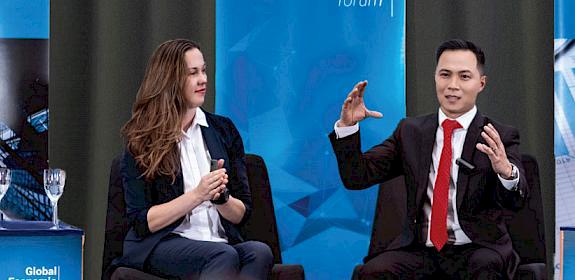Notes:
This report was made possible with support from the American people delivered through the U.S. Agency for International Development (USAID) through the Wildlife Trafficking Response, Assessment, and Priority Setting (Wildlife TRAPS) project. The contents are the responsibility of TRAFFIC and do not necessarily reflect the opinion of USAID or the U.S. Government.
This report was made possible with additional contributions from the German Partnership project, implemented by GIZ on behalf of the German Federal Ministry for Economic Cooperation and Development (BMZ) and the German Federal Ministry for Environment, Nature Conservation and Nuclear Safety (BMU); and the Asia Wildlife Enforcement and Demand Management project, funded by the European Union.
Giới thiệu về Wildlife TRAPS
The USAID-funded Wildlife Trafficking, Response, Assessment and Priority Setting (Wildlife TRAPS) Project is an initiative that is designed to secure a transformation in the level of co-operation between an international community of stakeholders who are impacted by illegal wildlife trade between Africa and Asia. The project is designed to increase understanding of the true character and scale of the response required, to set priorities, identify intervention points, and test non-traditional approaches with project partners.




